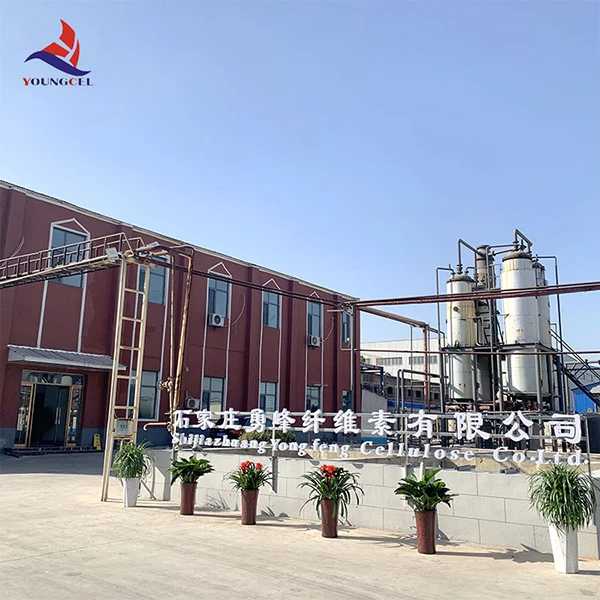Cellulose for Industrial Applications A Versatile Biopolymer
Cellulose, a natural polymer composed of glucose units, is the most abundant organic compound on Earth. Found primarily in the cell walls of plants, it plays a vital role in providing structural support. However, beyond its biological functions, cellulose has emerged as a critical component in various industrial applications. Its unique properties, such as biodegradability, non-toxicity, and versatility, make it an attractive alternative to synthetic materials.
Cellulose for Industrial Applications A Versatile Biopolymer
In addition to paper, cellulose is used extensively in the textile industry. Cellulosic fibers, such as cotton, rayon, and lyocell, are produced from cellulose and are favored for their breathability, softness, and absorbency. The rise of sustainable fashion has triggered interest in eco-friendly fibers derived from renewable sources, driving innovations in the processing of cellulose into high-performance textiles. Manufacturers are investing in technologies that reduce water consumption and chemical waste during the production process, aligning textile manufacturing with environmental sustainability goals.
'cellulose for industrial'

Cellulose also plays a crucial role in the food industry, where it serves as a thickening agent, stabilizer, and emulsifier. Derivatives of cellulose, such as carboxymethyl cellulose (CMC) and hydroxypropyl methylcellulose (HPMC), improve the texture and consistency of various food products. These biopolymers enhance the mouthfeel of sauces, dressings, and dairy products while providing a calorie-free alternative to fats and sugars. The increasing consumer demand for healthier and cleaner labeled products has prompted food manufacturers to seek natural ingredients like cellulose to replace artificial additives.
The pharmaceutical industry has recognized the potential of cellulose in drug formulation as well. Cellulose derivatives are widely used as excipients, which are inactive substances that serve as the vehicle for active ingredients. Hydroxypropyl cellulose (HPC) and microcrystalline cellulose (MCC) are commonly utilized for their binding, disintegrating, and controlled-release properties. The ability to incorporate cellulose in drug formulations enhances drug stability and bioavailability, making it an essential component in modern pharmaceuticals.
Furthermore, cellulose is gaining attention in the field of bio-based materials and bioplastics. As the world grapples with the pressing issues of plastic pollution, researchers are exploring ways to convert cellulose into biodegradable polymers. These bio-based materials can replace conventional plastics in various applications, from packaging to automotive components, offering an eco-friendly solution that reduces dependence on fossil fuels.
In conclusion, cellulose is a multifunctional biopolymer with a wide array of industrial applications. From traditional uses in paper and textiles to innovative roles in food, pharmaceuticals, and bioplastics, cellulose exemplifies the potential of sustainable materials in combating environmental challenges. As industries continue to innovate and adopt greener practices, the demand for cellulose and its derivatives is expected to rise, paving the way for a more sustainable future. By harnessing the inherent qualities of cellulose, industries can contribute to environmental stewardship while meeting the evolving needs of consumers.
-
Rdp Powder: Key Considerations for Wholesalers in the Building Materials IndustryNewsJul.08,2025
-
Key Considerations for Wholesalers: Navigating the World of Hpmc - Based ProductsNewsJul.08,2025
-
Hpmc Detergent: Key Considerations for WholesalersNewsJul.08,2025
-
Key Considerations for Wholesalers: China Hpmc For Tile Adhesive, Coating Additives, Concrete Additives, and MoreNewsJul.08,2025
-
Crucial Considerations for Wholesalers: Navigating the World of Construction MaterialsNewsJul.08,2025
-
Key Considerations for Wholesalers Sourcing Additive For Cement, Additive For Concrete, Additive For Putty from Additive Manufacturer Shijiazhuang Gaocheng District Yongfeng Cellulose Co., Ltd.NewsJul.08,2025




